[ad_1]
Solo travel is all the rage these days, hailed as a surefire way to boost independence, confidence, and self-reliance. You can’t flip through a travel magazine without stumbling upon a slew of tips and tricks tailored for solo adventurers, especially women. They’ve got everything from safety advice to lists of the safest places to go solo, making it easier than ever to hit the road alone.
But back in the day, solo female travel was practically unheard of. However, that didn’t stop the American journalist Nellie Bly from taking on the world solo. At a time when the mere idea of a woman travelling without a chaperone was scandalous, Nellie set out to beat the record set by the fictional Phileas Fogg from Jules Verne’s Around the World in 80 Days (1873), all while documenting her incredible journey.
Who was Nellie Bly?
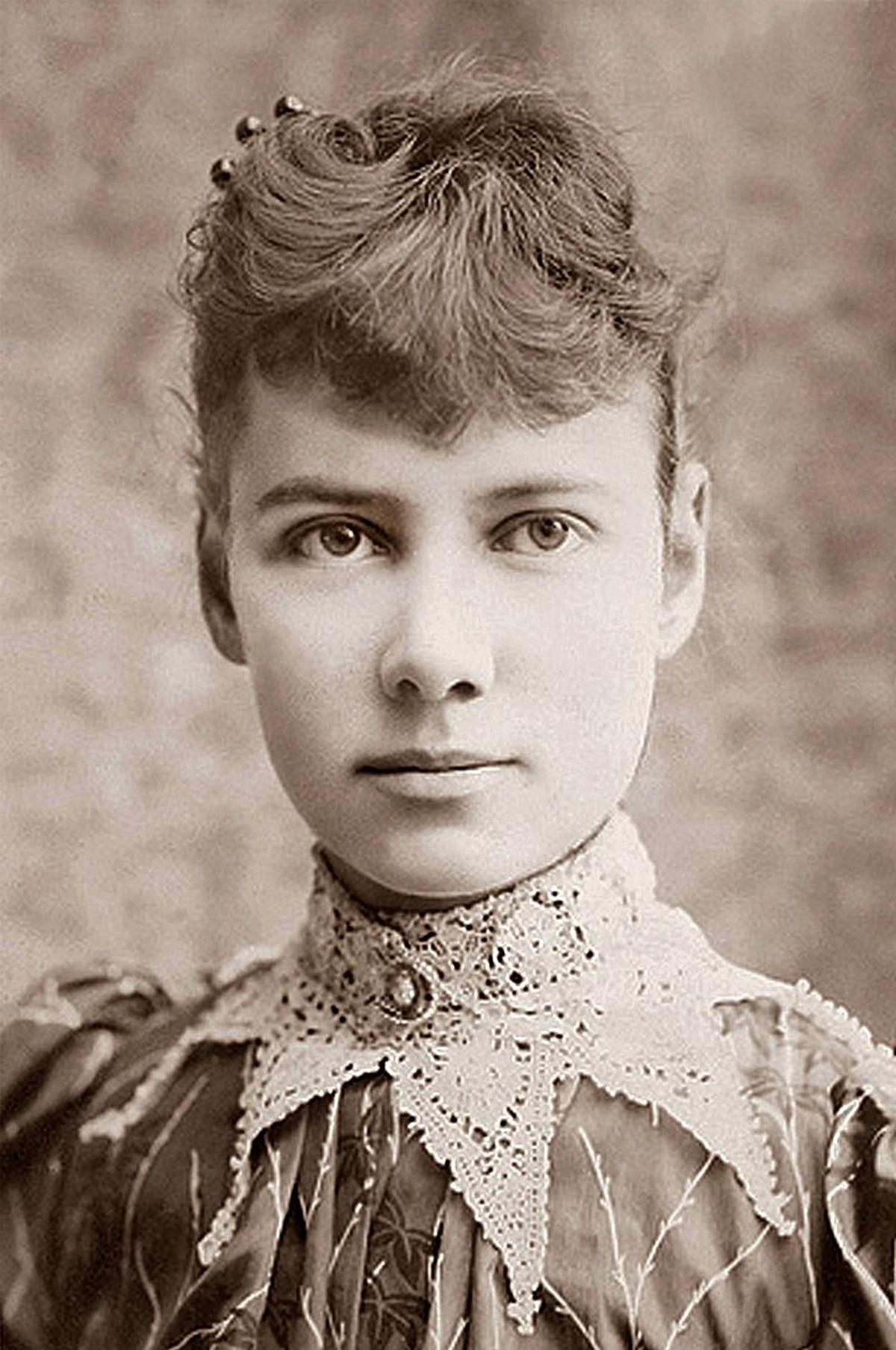
Nelly Bly
| Photo Credit:
Wikimedia Commons / Library of Congress
Nellie Bly, born Elizabeth Jane Cochrane, was a pioneering investigative journalist in 19th-Century America. Growing up, she was fondly called Pink by friends and family due to her love for the colour. With a vibrant personality and a family that included 13 siblings, her bright dresses helped her stand out from the crowd. However, tragedy struck early in her life when her father passed away when she was just six years old. To escape destitution, her mother quickly remarried, but that person turned out to be a violent and abusive man. At the tender age of 14, Elizabeth found herself testifying in her mother’s divorce trial, an experience that shaped her understanding of marriage and independence. Witnessing her mother’s divorce shattered the illusion that marriage offered women guaranteed security and happiness, as society often portrayed. This harsh reality ignited a fire within Elizabeth. From that moment on, she vowed to carve her own path and succeed on her own terms.
A woman ahead of her time
Initially, Elizabeth set her sights on becoming a teacher, but financial limitations forced her to abandon that path. Her entry into journalism was unexpected, even for her. It all started with a fiery response she wrote under the pen name “Lonely Orphan Girl” to the Editor of The Pittsburgh Dispatch. The impetus for this response was a column titled “What girls are good for” that had left her aghast. The column apparently deemed working women a monstrosity and advocated for women to stay home and focus on childbearing.
Impressed by her courage and audacity, the Editor placed an advertisement seeking the identity of “Lonely Orphan Girl.” When she contacted the newspaper, they offered her a job and her own column. It was at this point that she adopted the pen name Nellie Bly, the name the world would come to know.
When the world becomes your stage
With a newfound platform, Nellie Bly blossomed as an undercover reporter, determined to expose social injustices. A forerunner in investigative journalism, Bly penned numerous exposés. Her most celebrated work involved a daring ten-day stint undercover at the Blackwell’s Island women’s lunatic asylum. There, she witnessed firsthand the appalling conditions the patients endured – inedible food, bone-chilling baths, and brutal beatings.
Bly’s exposé, published in the New York World run by Joseph Pulitzer (of the Pulitzer Prize fame), shocked the nation. Her harrowing first-person account ignited public outrage, prompting legal action and long-overdue reforms to safeguard the mentally ill.
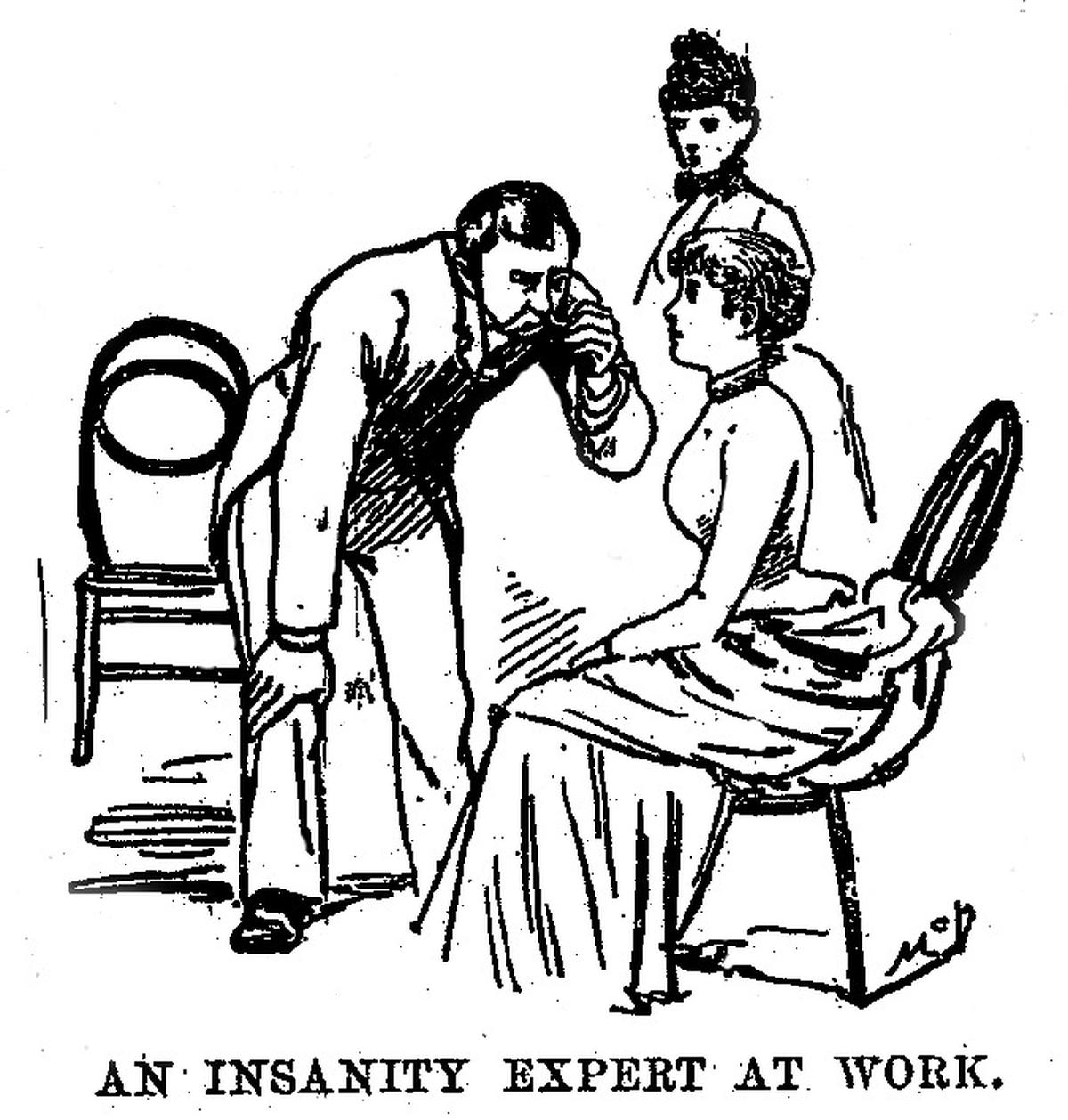
An illustration from 1887
| Photo Credit:
Penn University library/WIKIMEDIA COMMONS
An appetite for adventure
By 1888, at the audacious age of 24, Bly hatched a daring plan: to outpace the fictional Phileas Fogg’s world tour in a mere 75 days, chronicling her adventure for all to read. Despite her proven track record, Nellie Bly encountered resistance from John A. Cockerill, managing editor of the New York World. In an era when working women were a novelty, solo travel for a woman was a radical act. Bly insisted on tackling the journey unchaperoned, but the paper’s male leadership, sceptical of a woman’s ability to succeed, favoured sending a man. Undeterred, Bly offered a fiery challenge: “Very well. Send your man, and I’ll embark the same day for another paper, and beat him regardless.” After a year of persistence, the editors finally relented.
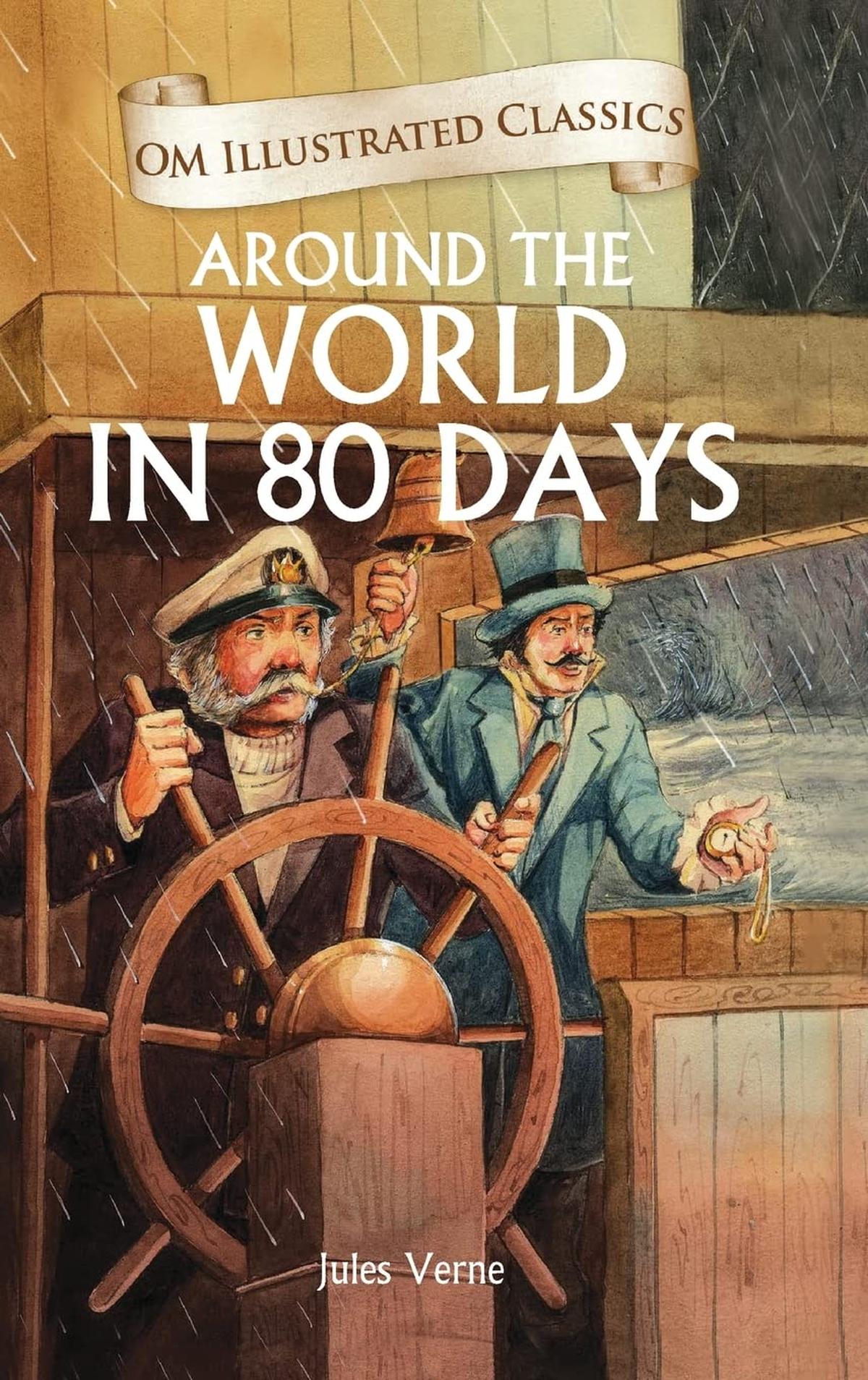
Around the World in 80 Days by Jules Verne
| Photo Credit:
Om Books International
The journey began…
Packing light, with just a surprisingly small suitcase, Nellie Bly boarded the Augusta Victoria in November 1889. Seasickness, a common foe for first-time travellers, became her unwelcome companion. Sleep offered the only solace, and one particularly long bout had the crew thinking that she had passed away locked inside her room. Passengers cast judgmental glances at this queasy woman attempting such a grand feat.
Undeterred, Bly pressed on. England became her first stop, followed by France, where she met none other than Jules Verne, the visionary author whose work sparked her adventure. Her itinerary then stretched across continents, encompassing Egypt, Ceylon (present-day Sri Lanka), Hong Kong, and Japan. China even saw her venturing into a leper colony, highlighting her courage and social conscience. Throughout her journey, Bly embraced a multitude of transportation: ships, trains, rickshas, and even horseback riding when necessary.
Back home…
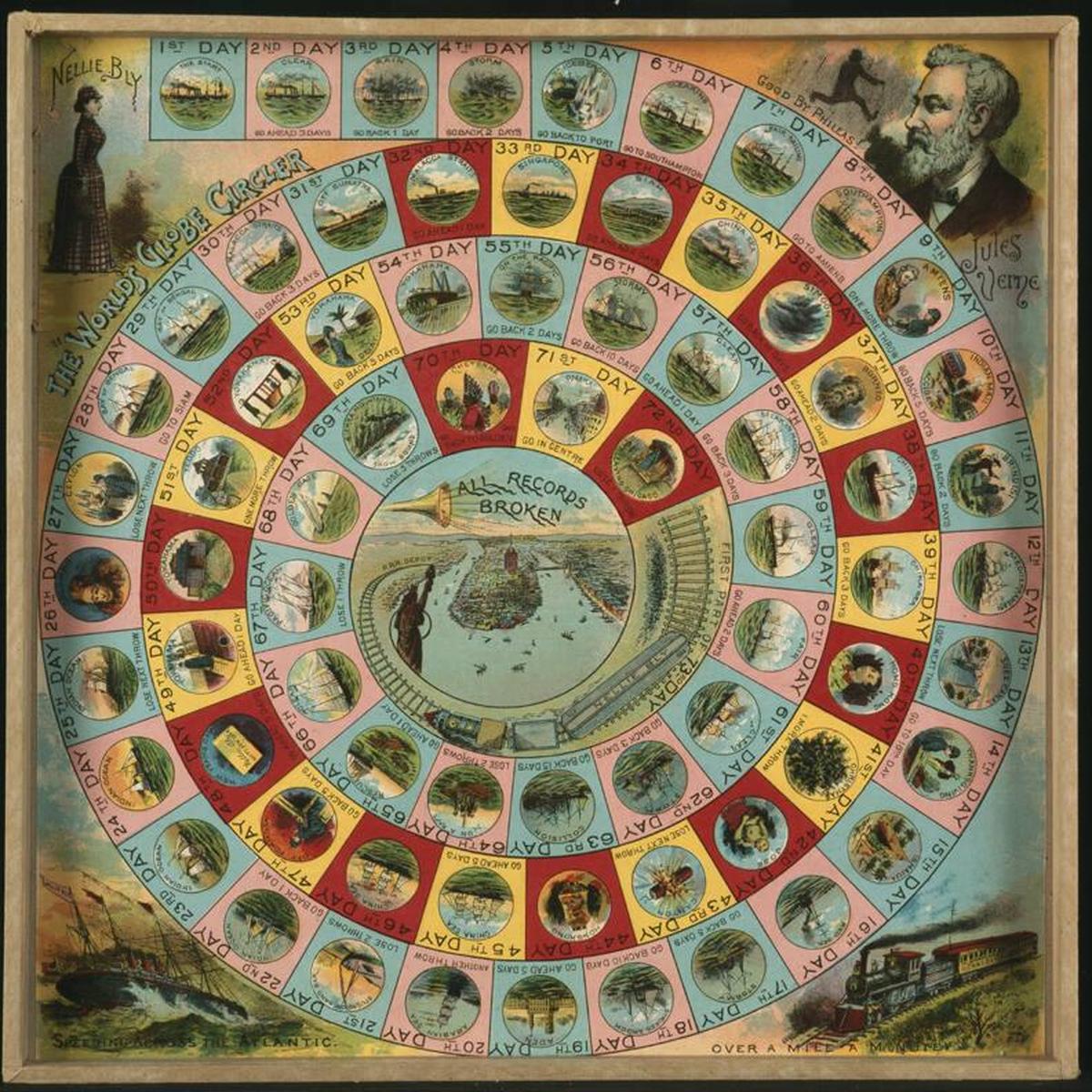
Round the World with Nellie Bly is a board game published in 1890 by McLoughlin Bros. of New York to commemorate journalist Nellie Bly’s record-breaking trip around the world in 1889–1890.
Everyone was glued to the news, devouring Nellie’s telegrams like juicy updates from a real-life adventure novel. Little did she know, the New York World, ever the marketing whizzes, had hatched a crazy plan. They saw Bly’s trip as a goldmine for acquiring new readers, so they cooked up a global guessing game. Guess the exact date and time Bly would be back at square one, and win a trip to Europe! This wild gamble turned her solo adventure into a global spectator sport. Now everyone, from her regular fans to complete strangers, was cheering her on in this race around the world.
The hidden rival
But plot twist! Turns out, Bly wasn’t the only one itching for a globe-trotting adventure. A rival New York paper, sniffing a chance to steal the spotlight, secretly sent their own reporter, Elizabeth Bisland, on a world tour too! And guess what? Bisland set off on the very same day as Bly, though in the opposite direction!
Bly, blissfully unaware of this surprise competitor, kept zipping around the world. It wasn’t until Christmas Day in Hong Kong that she got a taste of the competition. Called into a steamship company office before her jump to Japan, she was met with a question that stopped her in her tracks: “Are you the Nellie Bly in this ‘race around the world’?” Confused, Bly replied yes, she was racing against time, only to be told, “I don’t think that’s her name.” Apparently, a Ms. Bisland had breezed through Hong Kong just three days earlier! However, she couldn’t beat Nellie to the finish line and took four more days to finish her world tour.
The final lap
Finally, at the last stretch of the trip after 8000 gruelling miles across the Pacific on a ship, Bly arrived in San Francisco, the American soil a welcome sight. The New York World, desperate to get their star reporter home quickly, chartered a one-car train, for her victory lap. Crowds cheered from stations, newspapers hailed her as a hero, and the nation echoed with a resounding “Hurrah for Nellie Bly!”
On January 25, 1890, 72 days, 6 hours, 11 minutes, and 14 seconds after her departure, Bly arrived in Jersey City. She had not only beaten her own goal of 75 days but also eclipsed Verne’s fictional timeline.
It was a victory for women in journalism, a testament to human potential, and a reminder that the world can be your oyster, if you dare to explore it.
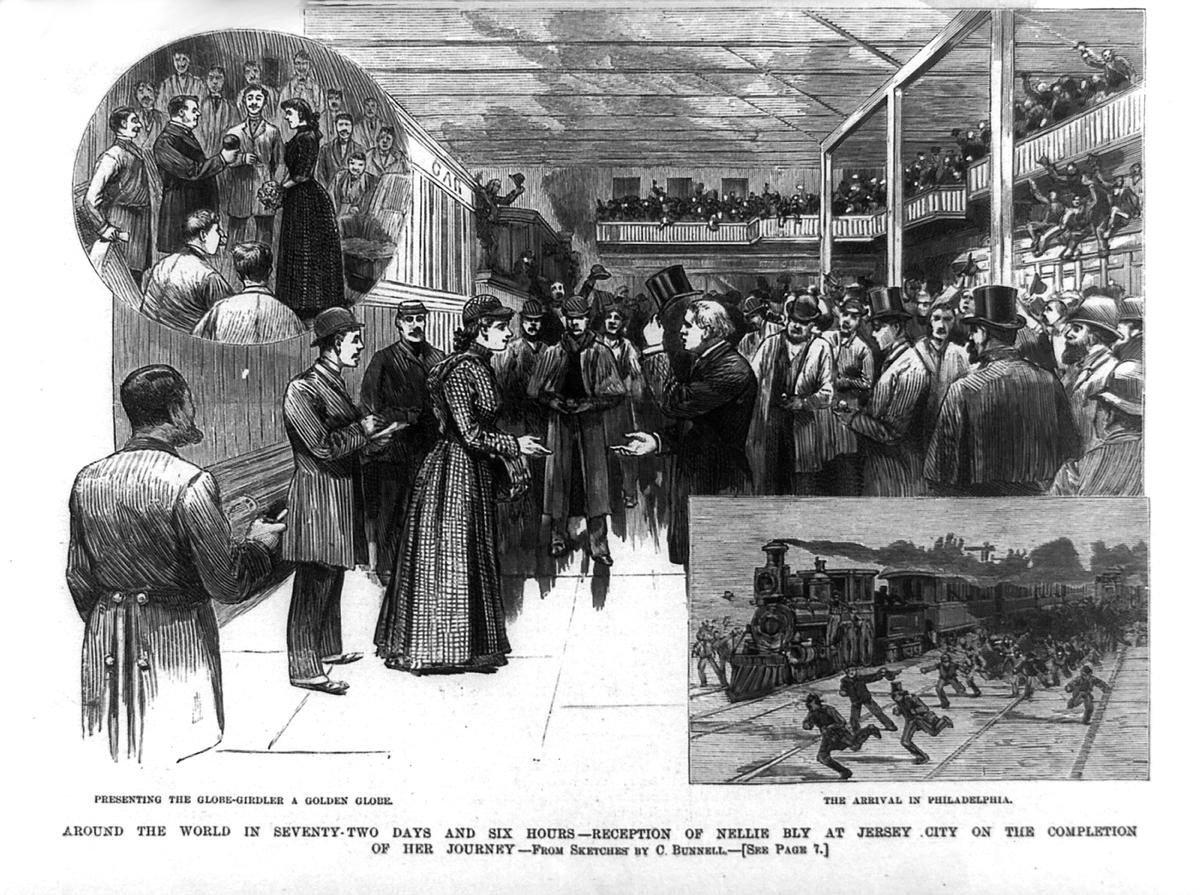
An image of Nellie Bly’s homecoming reception in Jersey City printed in Frank Leslie’s Illustrated News
| Photo Credit:
Library of Congress/Wikimedia Commons
[ad_2]
Source link





